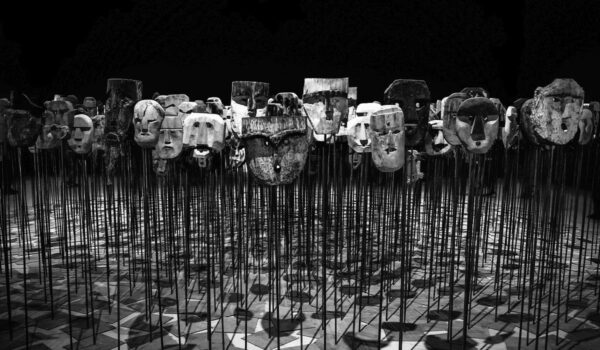Many of the definitions used in ancient theaters have survived to the present day. A small glossary of ancient terms is presented below:
- Orchester – part of a circular theater with two entrances, designed for the performance of dramatic and lyrical choruses. In the Athenian theater its diameter was 24 meters.
- Skene – a place for changing clothes. Originally it was a simple tent, later it was connected with the fragments of the artistic decoration of the stage, for example, the background.
- Proscenium – the colonnade in front of the scena.
- Parascenium – side stone extensions.
- Estrada – the elevation above the orchestra, where in late antiquity the actors began to play.
- Ekkiklema – a movable platform made of wood that allowed the scene to be transformed and the actors to be moved around the stage.
- Coturnes – shoes with high soles resembling stilts. With the help of such shoes actors became higher, more imposing and resembling mythical creatures.
A notable fact is that it was in Rome that the phrase “Finita la Comedia” was first uttered.
The history of puppet theater originated in Egypt, where priests used a puppet of the god Osiris to perform ritual actions. In the beginning, the puppet theater was just ritual, but now the religious connotation is gone. Well-known ceremonial and ritual puppet theaters exist in many countries: Japan (“Bunraku”), Indonesia (“Wayang”), Catalonia (“El Pastores”), Belarus (“Batleika”) and others.
In the history of puppet theater in America, a theater created in 1962 called “Bread and Puppet” stands out. It featured giant papier-mâché puppets, an obvious political undertone, and a treat of delicious bread at the door. This interaction between actors and audience is symbolic: the art of theater should be as close to the people as possible.
The puppets come in different sizes as well as looks. There are finger puppets and glove puppets, cane puppets and tablet puppets, marionettes and giant puppets. Being a puppet theater actor is not easy, because you have to be able to bring an inanimate object to life, to give it a character and a voice.
The characteristic feature of any puppet theater is the mockery of something, the presence of morality, educational element in the skits. Whatever the age of the spectator of the puppet theater, he will find there is not only something to laugh at, but also something to think about. Often the characters in puppet theater are unattractive, even ugly characters, such as the French Polichinelle with a hooked nose.
You might be interested to know that actors are not always rich people. In the history of puppet theater in America, there are facts that theatergoers could see a production in exchange for food.
